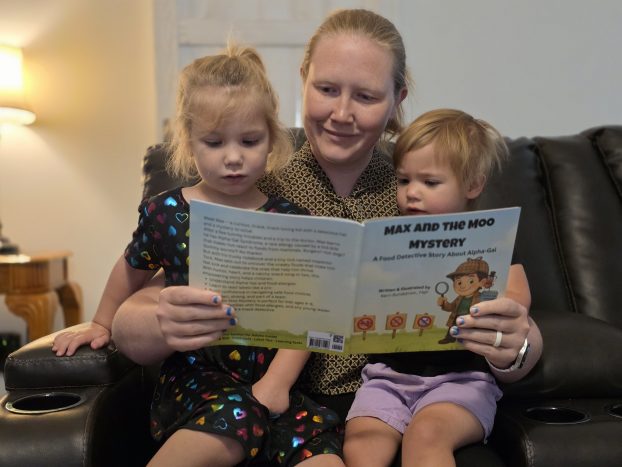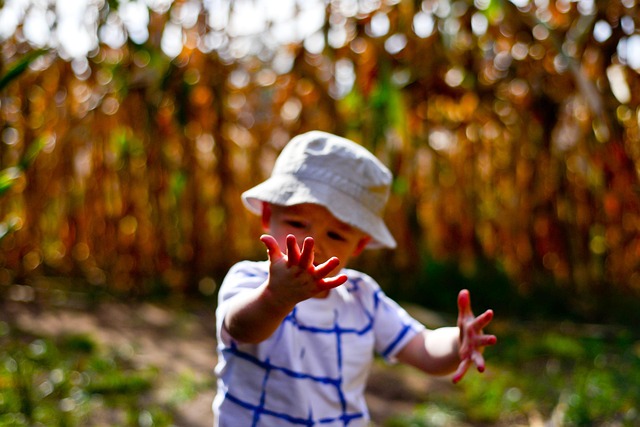Opinion – Anyone can dance and sing
Published 3:34 pm Thursday, June 17, 2021
|
Getting your Trinity Audio player ready...
|
In college, I spent a great deal of my free time dancing.
I was the president of a Latin dance team. I went every week to social dancing events and participated in an African music and dance ensemble which I loved so much that I came back all four years to do it again and again and help teach others.
In this ensemble, which was offered as a class, we studied music and dance forms from West Africa, primarily that of the Ewe people of Ghana and Togo, as well as that of the Baka (Bayaka) people of the Central African Republic. We learned a variety of dances, drumming techniques, singing and even yodeling.
Trending
Each year when new students would join the ensemble, my teacher, Professor Kisliuk, would ask how many of them had ever been told growing up that they could not or should not sing or dance.
Inevitably, at least a few hands would go up.
Professor Kisliuk would always follow this with a profound statement. She would explain many children are told early on that they aren’t good singers or can’t dance to save their life, and this discourages them from ever trying again. They grow up believing what they’ve been told and feel embarrassed to ever hum a melody or so much as tap their feet to a catchy song.
In Professor Kisliuk’s eyes, everyone can sing and everyone can dance. Yes, not everyone belongs in a choir, and yes, not everyone belongs on “Dancing with the Stars,” but music is for everybody. It’s a skill that can be sharpened with heavy practice or dulled with years of going unused.
Those people that raised their hand at the beginning of the semester? I won’t lie, they always struggled at first. The polyrhythmic singing was initially hard to follow. Yodeling was out of the question and far too embarrassing to try. And you should have seen some people’s faces when you gave them a horse tail braided into a sort of switch and asked them to dance with it.
We had many different drums we played to form some of the music, including the kidi, the kagan (my favorite) the kroboto and the totodz. We also had an axatse, a rattle made from a dried gourd, and a gankogui, an iron bell which plays a two-tone rhythm all the drums follow. The beautiful thing about this was that the instruments all had different levels of difficulty associated with playing them, and students could work their way up until they were eventually comfortable with all of them.
Trending
By the end of the semester, those “you shouldn’t sing” and “you shouldn’t dance” people were always the ones who were enjoying the class most of all. Do you want to know why?
Despite being told they were awful at something, all of those people drummed up the nerve to waltz into class on day one, put themselves out there and try. It was never easy, but those people always put their mind to it.
They asked to meet early before class to practice a dance move. They played a beat on a drum 10,000 times until suddenly they understood the rhythm. They belted out 100 awkward, awful yodels until suddenly something beautiful echoed through the room.
You will likely never be the best at something. Heck, you might never even be good at it, but until you try you will never know.





